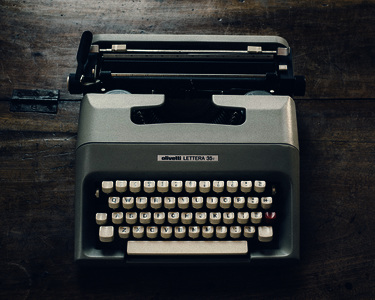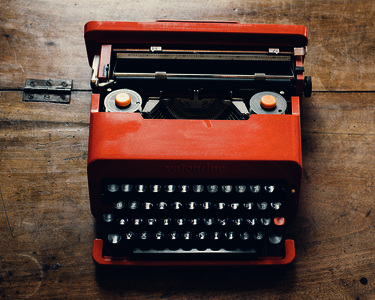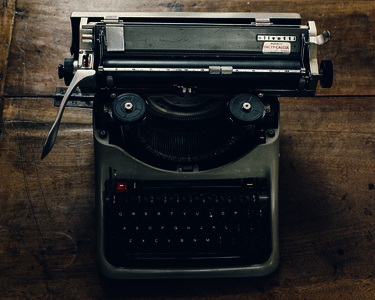Tierney, Daniel  ORCID: 0000-0002-0379-5107
(2015)
Anthony Burgess Typewriters.
[Image]
ORCID: 0000-0002-0379-5107
(2015)
Anthony Burgess Typewriters.
[Image]
![[thumbnail of burgess-typewriters-001.jpg]](https://clok.uclan.ac.uk/17754/1.hassmallThumbnailVersion/burgess-typewriters-001.jpg)  Preview |
Image (JPEG)
- Published Version
Available under License Creative Commons Attribution Non-commercial. 418kB |
![[thumbnail of burgess-typewriters-002.jpg]](https://clok.uclan.ac.uk/17754/2.hassmallThumbnailVersion/burgess-typewriters-002.jpg)  Preview |
Image (JPEG)
- Published Version
Available under License Creative Commons Attribution Non-commercial. 480kB |
![[thumbnail of burgess-typewriters-003.jpg]](https://clok.uclan.ac.uk/17754/3.hassmallThumbnailVersion/burgess-typewriters-003.jpg)  Preview |
Image (JPEG)
- Published Version
Available under License Creative Commons Attribution Non-commercial. 419kB |
![[thumbnail of burgess-typewriters-005.jpg]](https://clok.uclan.ac.uk/17754/4.hassmallThumbnailVersion/burgess-typewriters-005.jpg)  Preview |
Image (JPEG)
- Published Version
Available under License Creative Commons Attribution Non-commercial. 453kB |
![[thumbnail of burgess-typewriters-004.jpg]](https://clok.uclan.ac.uk/17754/5.hassmallThumbnailVersion/burgess-typewriters-004.jpg)  Preview |
Image (JPEG)
- Published Version
Available under License Creative Commons Attribution Non-commercial. 449kB |
![[thumbnail of burgess-typewriters-006.jpg]](https://clok.uclan.ac.uk/17754/6.hassmallThumbnailVersion/burgess-typewriters-006.jpg)  Preview |
Image (JPEG)
- Published Version
Available under License Creative Commons Attribution Non-commercial. 439kB |
Official URL: http://www.danieltierney.co.uk/
Abstract
Anthony Burgess only briefly made the reluctant leap to word processor towards the end of his life and most of the books, articles, and essays he wrote started on pages turned between the rollers of a typewriter, itself an analogue for nostalgic artforms.
Working with the International Anthony Burgess Foundation, this series of images attempt to move beyond the mere continuation of exhibition from one object on display to another captured and distributed as image by engaging in the process of narrative and the tools of the artist more critically. Firstly, our knowledge of these objects is mediated through our understanding of both the artist and the artworks produced. Indeed our lack of knowledge compels us to ask more than the image is able to confess. Which typewriter was used to write which book? Where were they used? Or even, did the tool influence the art? But these questions attest not to the validity of any narrative, either of the artist or the strokes of his brush, but to its absence. Despite hammering out thousands of words and harvesting the individual components of a multitude of linguistic and narrative works, these remnants tell us no more about the artist or his artwork than a monkey could tell us about Shakespeare.
It is here that image and text begin to collide. Neither the camera itself nor the image produced serves to offer a definitive understanding of a photograph’s true meaning. Rather the story outside the image dictates and shapes its definition. The nexus of these components combine to create our own personal feelings and understanding of both the object and the image representing it. And in this instance, in the same way that the structure of language can be disassembled to highlight the deceit of formal devices and create new works, these images attest to a photograph’s ambiguity of both form and intention by reflecting the empty signifiers produced by the camera.
Repository Staff Only: item control page

 Lists
Lists Lists
Lists
